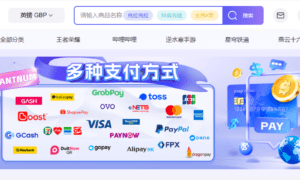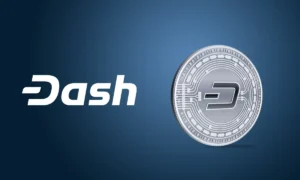In an age where digital innovation defines the way we live and transact, Priya Das emerges as a forward-thinking researcher in digital payments, known for her explorations into the evolving intersections of security, identity, and embedded finance.
A New Foundation for Secure Transactions
What began as a response to data breaches and card fraud has become the foundation of a new digital payment infrastructure. Tokenization replacing sensitive data with unique identifiers—has shifted from a security feature to a driver of innovation in financial ecosystems. By transforming credential management, it enables safer, faster, and more adaptive transactions. Unlike encryption, which secures data through obfuscation, tokenization removes the original data entirely, making breaches less damaging. As adoption grows, network-wide token systems enable seamless payments across platforms, boosting approval rates and cutting operational costs without compromising user privacy.
Network Tokenization: The Scalable Security Layer
The shift from static to network tokenization has unlocked scalable security models. These tokens move fluidly between merchants under centralized control, allowing dynamic updates and real-time fraud prevention. By decoupling security from user action, the model reduces risk and friction. Token issuance now includes usage rules, domain restrictions, transaction limits, and re-issuance that shorten recovery times during suspicious activity. As a result, fraud rates have dropped and conversion rates are climbing, making this advancement a win for both merchants and consumers.
Blockchain-Based Tokens: Programmable and Borderless
Alongside network tokenization, blockchain technology adds a decentralized layer to payment systems. These tokens aren’t just digital currency equivalents, they’re programmable assets. Smart contracts automate payments when conditions are met, like shipments or usage thresholds. Cross-border transfers benefit greatly, with transaction times cut from days to minutes. Eliminating intermediaries reduces costs and enhances transparency through immutable records. This is especially transformative for underbanked regions with limited financial infrastructure.
Artificial Intelligence: Reinventing Authentication
Security in the new era doesn’t rely on passwords or one-time codes; it’s ambient and behavioral. AI-powered authentication systems track how users interact with their devices, using behavior as a unique identifier. Typing speed, motion patterns, and navigation are signals feeding real-time risk assessments. This continuous verification model means fewer steps for legitimate users and faster fraud detection. Institutions report reduced friction and lower loss rates, showing that AI isn’t just enhancing security it’s making it invisible.
Invisible Payments and Ambient Commerce
As tokenization merges with embedded systems, checkout lines are becoming obsolete. From ride-sharing to smart fridges and in-car tolls, tokenized transactions operate in the background. Users no longer need to “pay” traditionally the system already knows what, when, and how to complete the exchange. These experiences boost satisfaction, reduce cart abandonment, and increase repeat purchases. However, transparency is vital: users must be notified and given control to maintain trust in a world of disappearing payment moments.
Digital Identity Wallets: Payments and Identity in One
The future of tokenized payments is inseparable from digital identity. Modern wallets are evolving to store not just financial credentials but also identity verifications allowing for secure, minimal data sharing. Rather than handing over a full ID, users can now verify just what’s necessary: age, residency, or transaction eligibility.
This self-sovereign identity model empowers individuals with control over their data, reducing overcollection and exposure to breaches. Merchants also benefit, as they can verify without storing sensitive information, streamlining compliance and boosting consumer confidence.
Challenges Ahead: Interoperability and Regulation
Despite the momentum, significant hurdles remain. Token systems still operate within fragmented frameworks, and without unified standards, interoperability is complex and expensive. Regulatory clarity is also lacking, especially around cross-border token use and liability allocation when transactions span multiple jurisdictions.Privacy is another critical concern. As AI systems gather vast data to enable contextual security, balancing insight with restraint becomes essential. Transparency, opt-in models, and user education will determine whether this technological leap maintains public trust.
In conclusion, tokenization is quietly but fundamentally changing how digital commerce functions. From blockchain-based programmable money to invisible transactions and identity-linked wallets, the evolution of payment systems is well underway. As Priya Das emphasizes, this shift isn’t just about making payments more secure, it’s about transforming what it means to pay in a connected world.



































